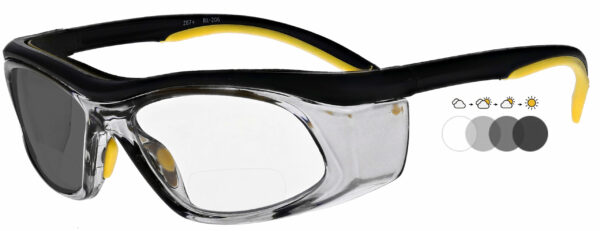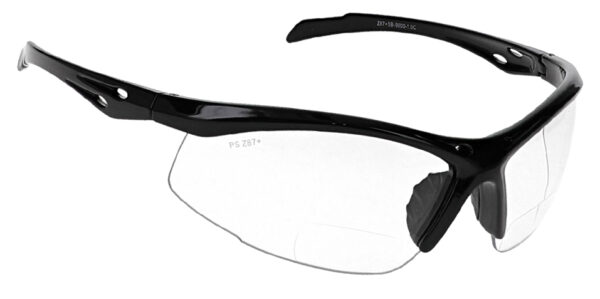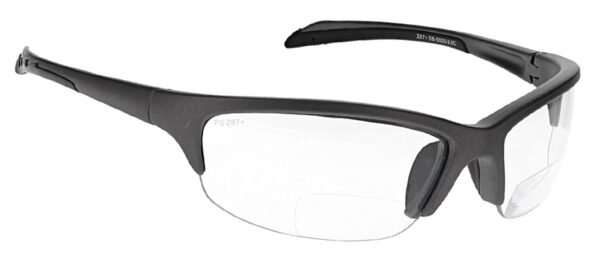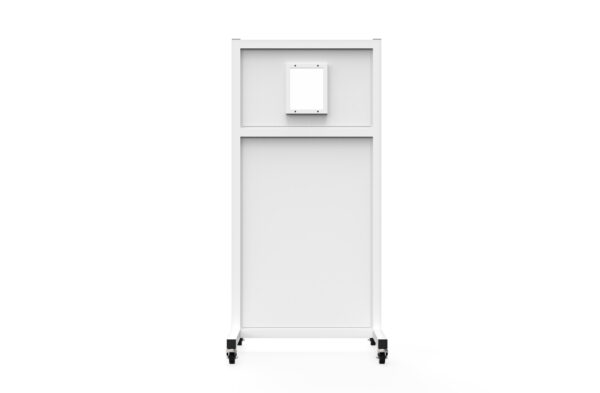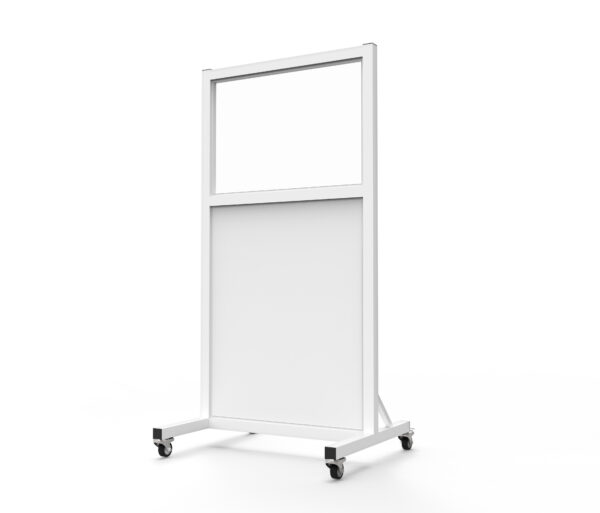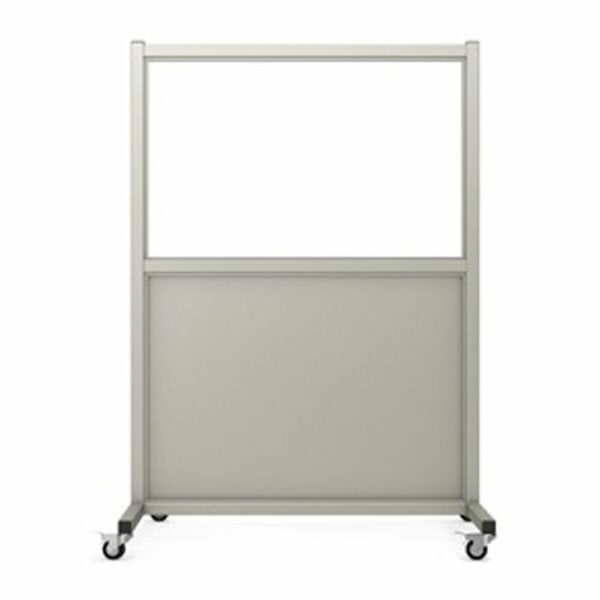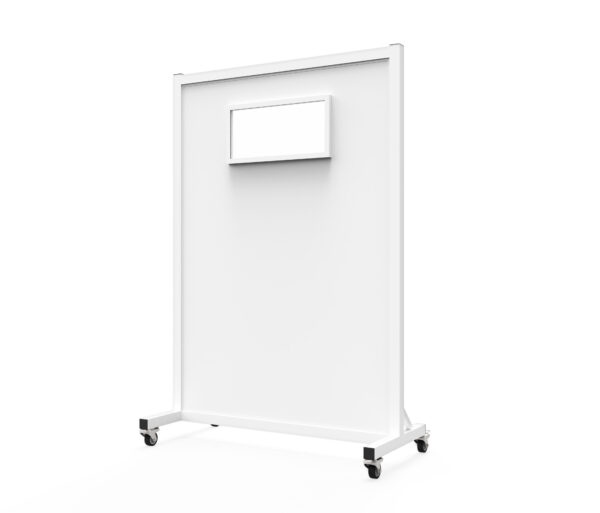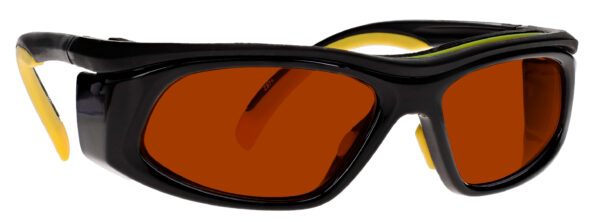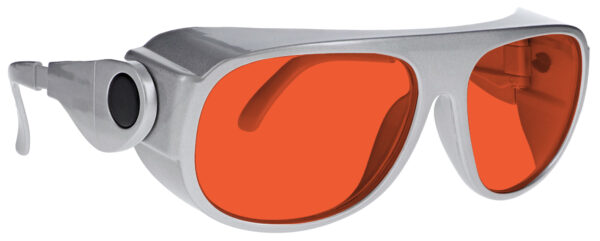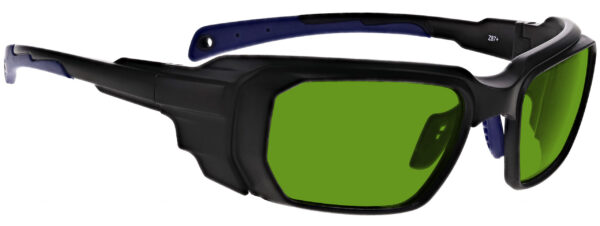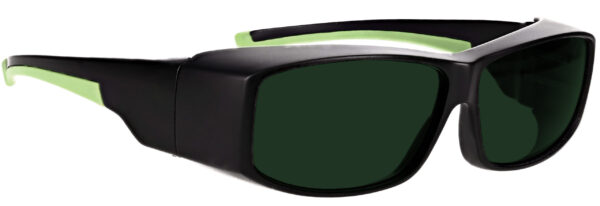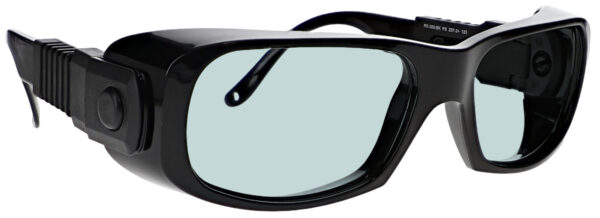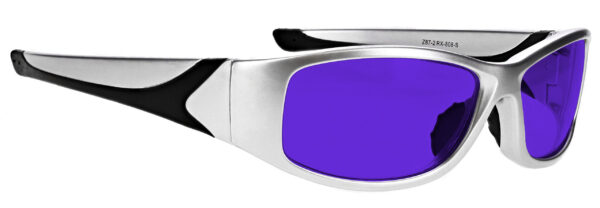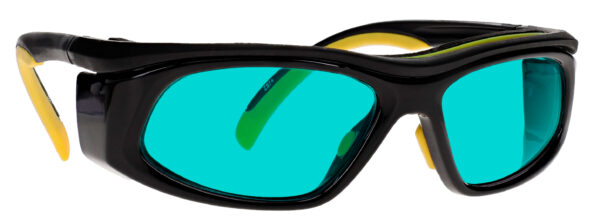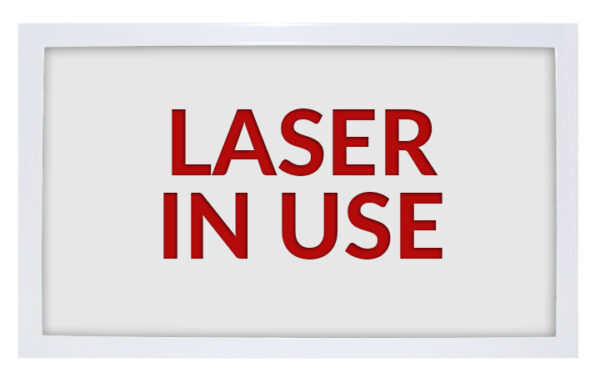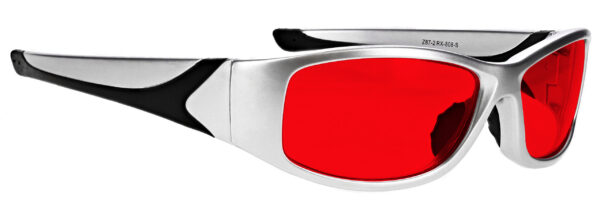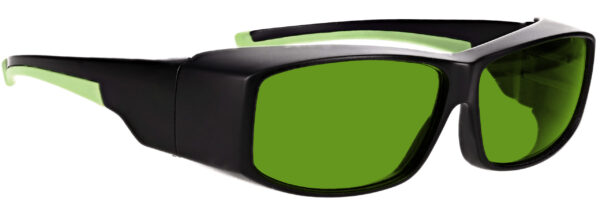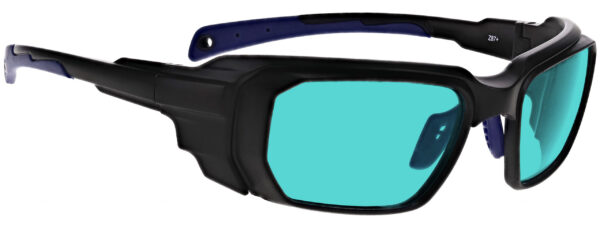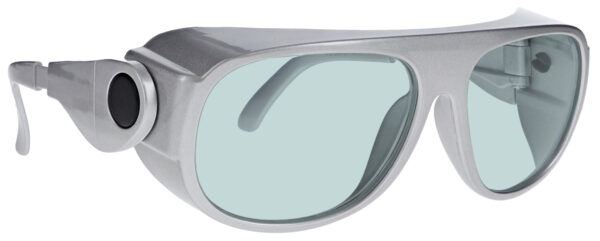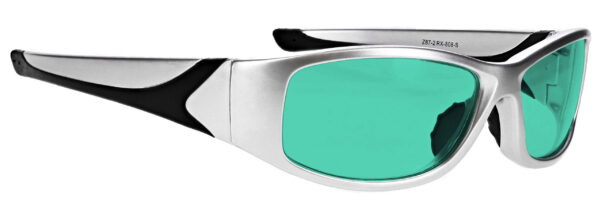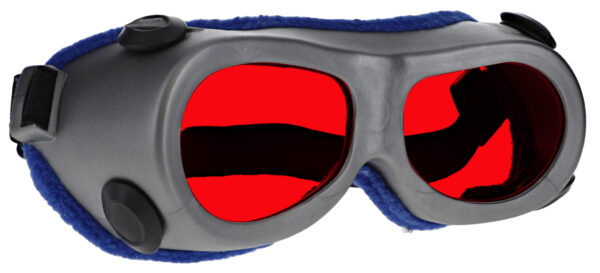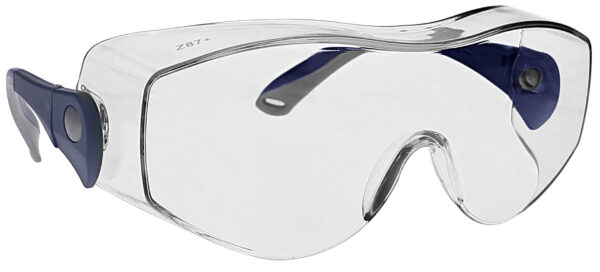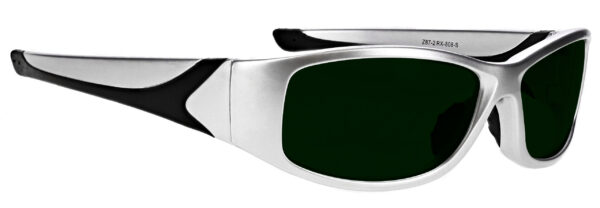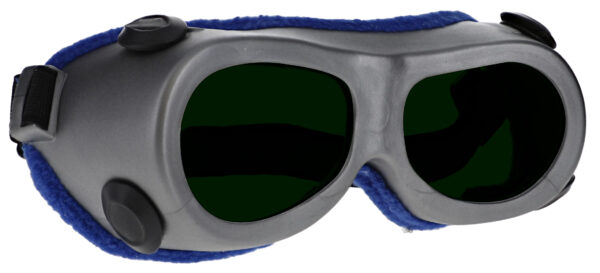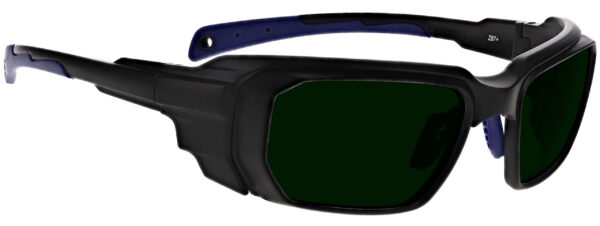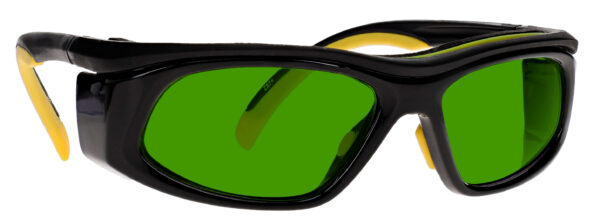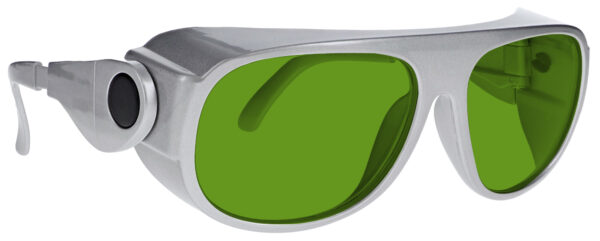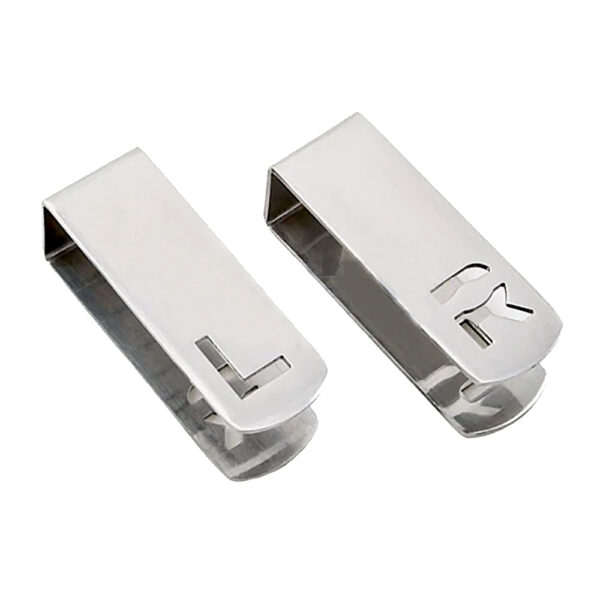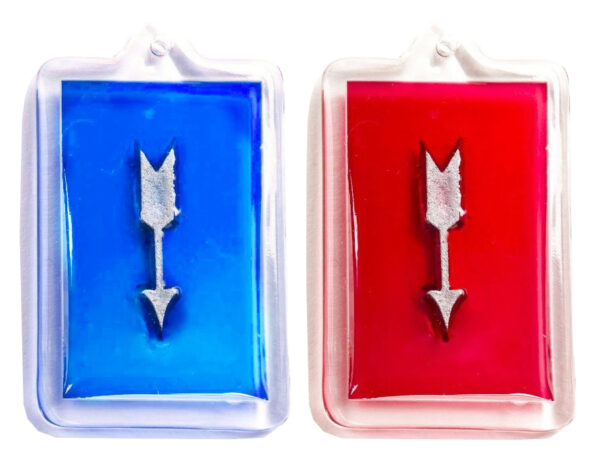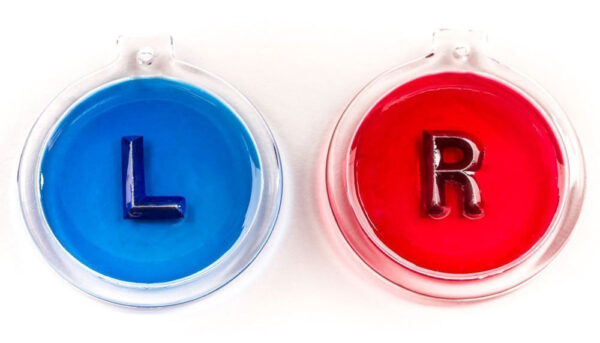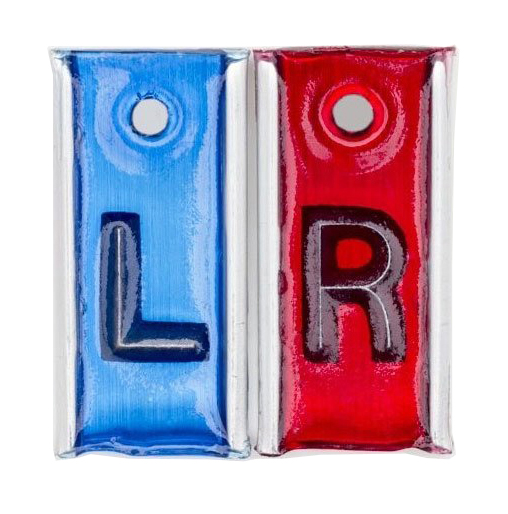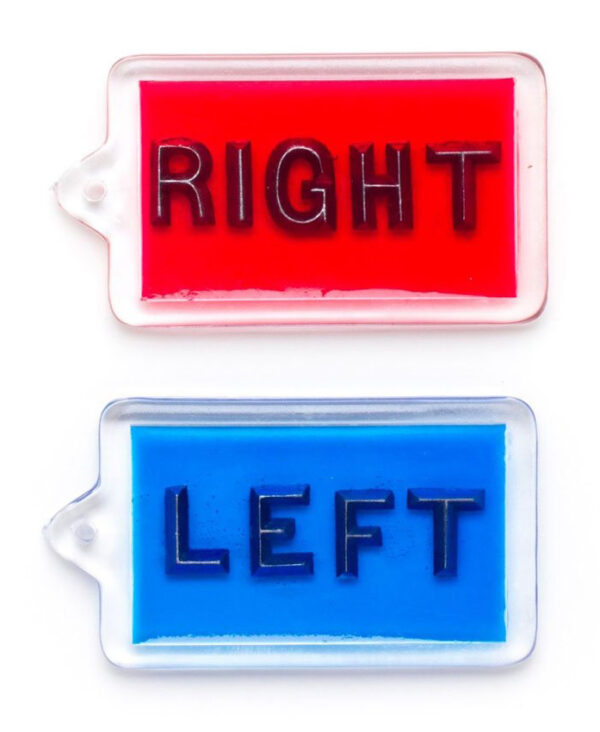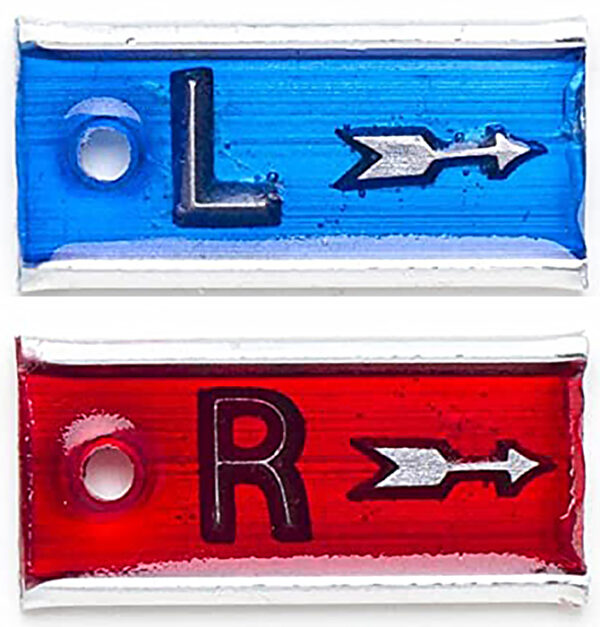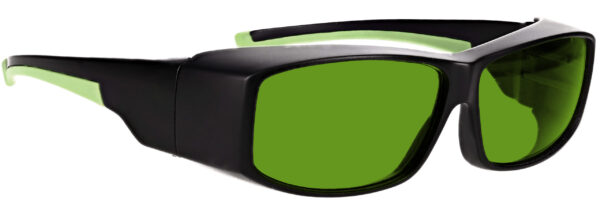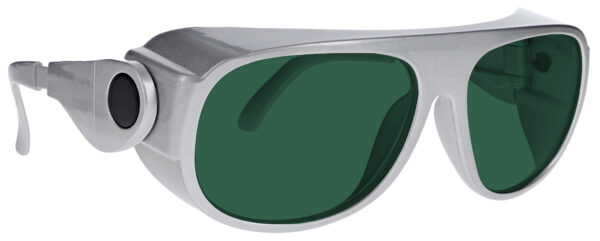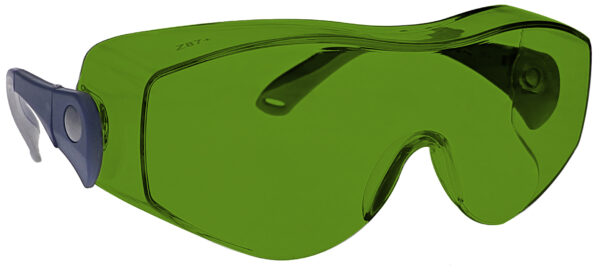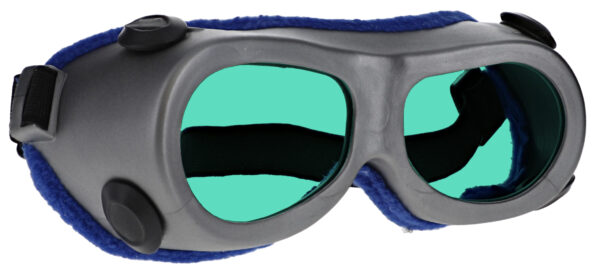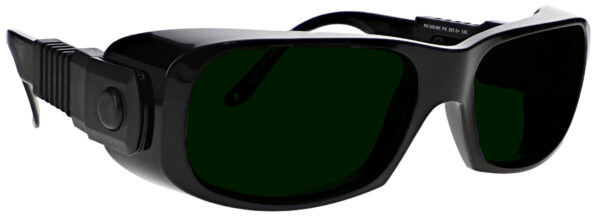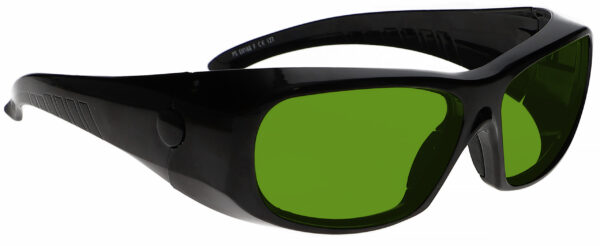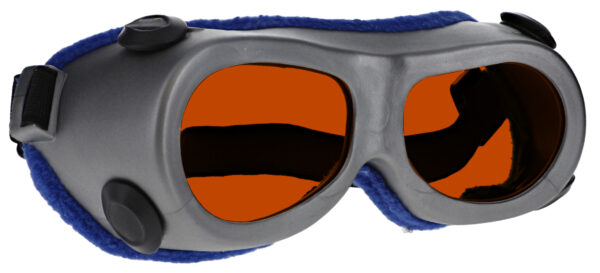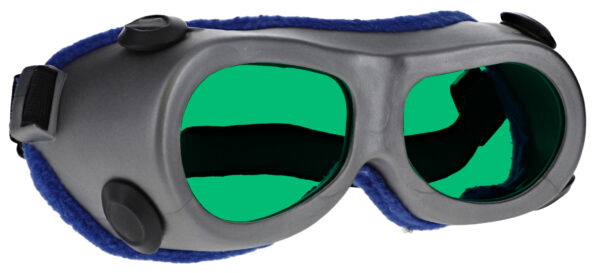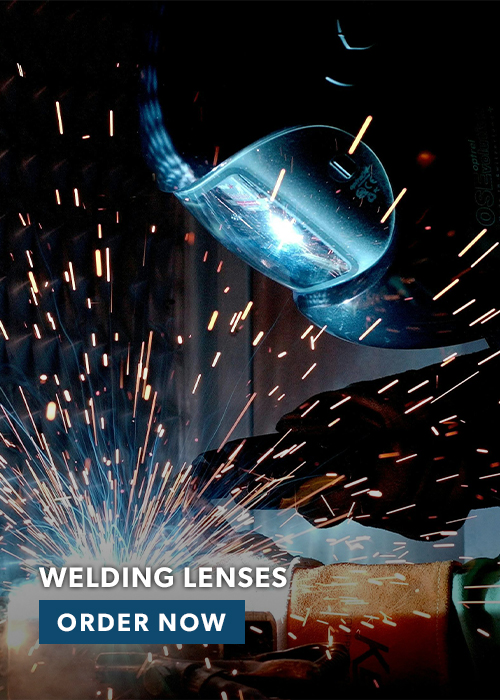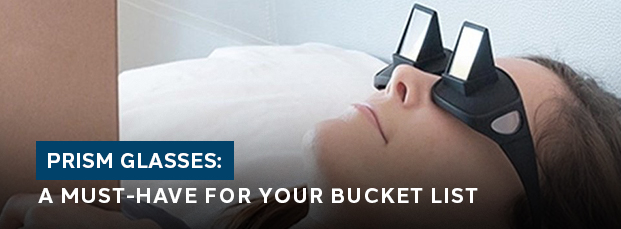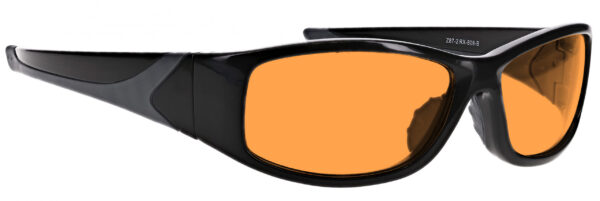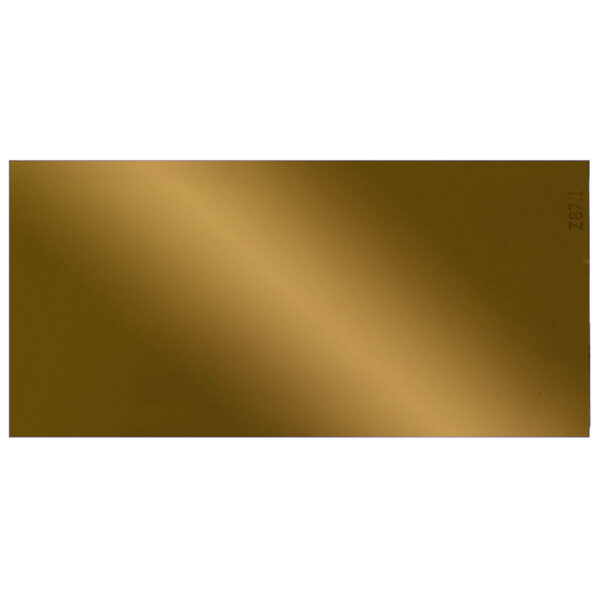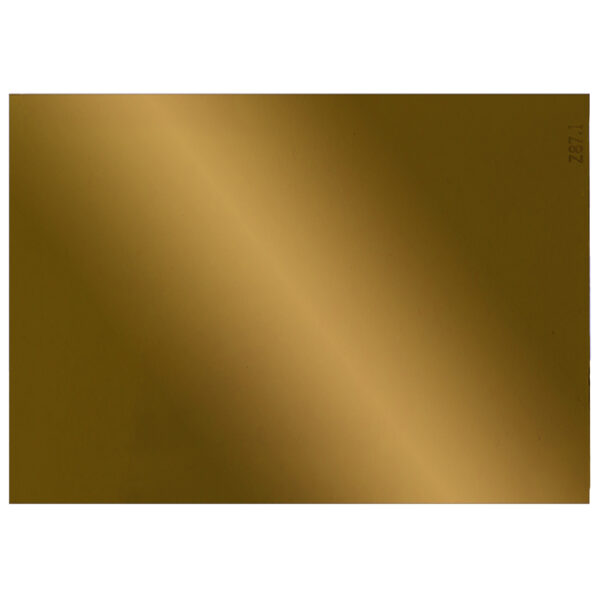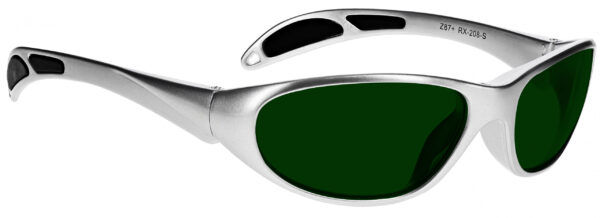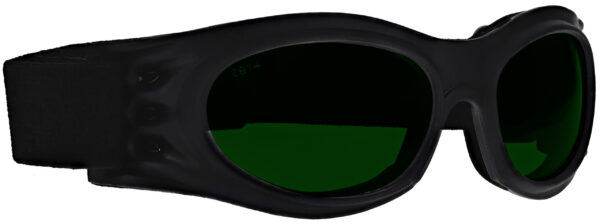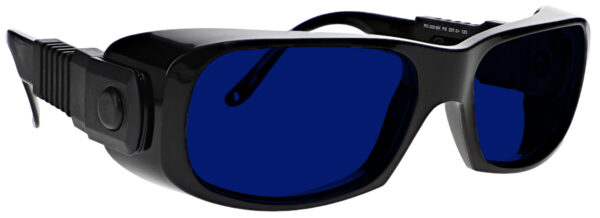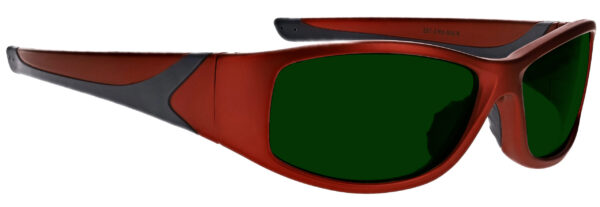Transitioning to Safety: The Benefits of Bifocal Transition Safety Glasses

Are you looking for a versatile pair of safety glasses that can be used in various settings? Look no further than bifocal transition safety glasses. These glasses are designed to be useful in a range of situations, both indoors and outdoors. Whether you’re performing up-close, detailed work, reading, writing, or working at arm’s length or farther, bifocal transition safety glasses have got you covered. These glasses offer the combined benefits of bifocal safety glasses and transition safety glasses.
At Phillips Safety you’ll find a wide selection of safety glasses to suit your unique needs. Whether you require bifocal safety glasses, transition safety glasses, or a combination of both, we have the safety solutions you require.
SEEING CLEARLY IN ANY LIGHT: THE ADVANTAGES OF TRANSITION SAFETY GLASSES
Transition safety glasses are a revolutionary type of eyewear that can adjust their tint based on the surrounding light. This means that they can become darker in bright outdoor conditions and lighter indoors, providing optimal vision and eye protection in any lighting situation. These glasses are ideal for outdoor workers who are exposed to varying degrees of sunlight throughout the day, and for those who need to switch between indoor and outdoor workspaces regularly. With transition safety glasses, you no longer have to switch between regular glasses and sunglasses, making them a more convenient and cost-effective solution.
Another significant advantage of transition safety glasses is their ability to reduce eye strain and fatigue. By adjusting their tint based on the lighting, these glasses can effectively reduce the glare and brightness that can cause eye strain and fatigue. With transition safety glasses, you can experience clearer and more comfortable vision, allowing you to be more productive and efficient in your work.
SEEING CLEARLY UP CLOSE AND FAR AWAY: THE ADVANTAGES OF BIFOCAL SAFETY GLASSES
Bifocal safety glasses are an excellent solution for individuals who require reading glasses but also need eye protection while performing their work duties. With the bifocal lens design, the glasses provide the necessary magnification for up-close work while also offering the required eye protection for the entire eye. This eliminates the need to constantly switch between regular glasses and safety glasses, providing a more convenient and efficient solution. Bifocal safety glasses are ideal for a wide range of professions, including mechanics, construction workers, electricians, and machinists.
Another significant advantage of bifocal safety glasses is their ability to improve safety and productivity in the workplace. With bifocal safety glasses, workers can read and view close-up details without having to remove their safety glasses, which can be time-consuming and may put them at risk for eye injuries. This feature enables workers to perform their duties more efficiently and safely, reducing the risk of accidents and injuries in the workplace.
STAY SAFE AND SEE CLEARLY WITH BIFOCAL TRANSITION SAFETY GLASSES
Transition bifocal safety glasses combine the benefits of both transition and bifocal lenses, making them an excellent choice for individuals who require both magnification and light-adjusting capabilities in their safety glasses. With the transition feature, these glasses can adapt to changes in lighting, ensuring optimal vision and eye protection in any work environment. Additionally, the bifocal lenses allow for clear and accurate vision of close-up details, reducing eye strain and improving productivity. This combination of features provides workers with the convenience and functionality they need to perform their duties safely and efficiently.
Another significant advantage of transition bifocal safety glasses is their versatility. These glasses can be used in a wide range of professions, including construction, manufacturing, automotive, and electrical work. With transition bifocal safety glasses, workers can experience clearer vision, improved safety, and enhanced productivity, making them a smart investment for any workplace.
Last but not least, Phillips Safety’s transition bifocal safety glasses are ANSI Z87 approved, signifying that they adhere to OSHA standards for most work sites across America and in numerous other countries. This certification ensures that the glasses meet the required safety standards and offer optimal protection for the wearer’s eyes in hazardous work environments. In addition, ANSI Z87 approval indicates that the glasses have undergone rigorous testing and evaluation, guaranteeing that they are durable and reliable.
